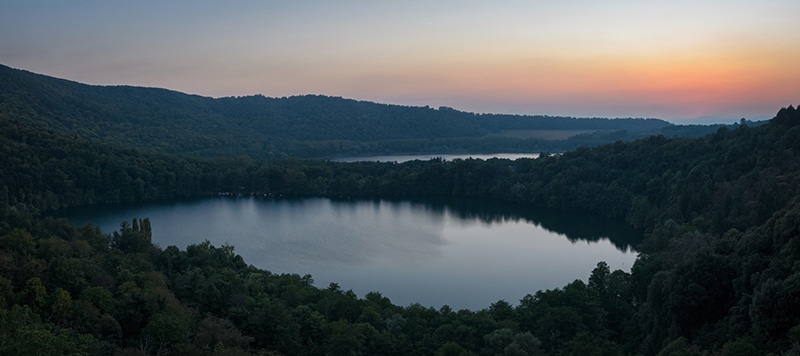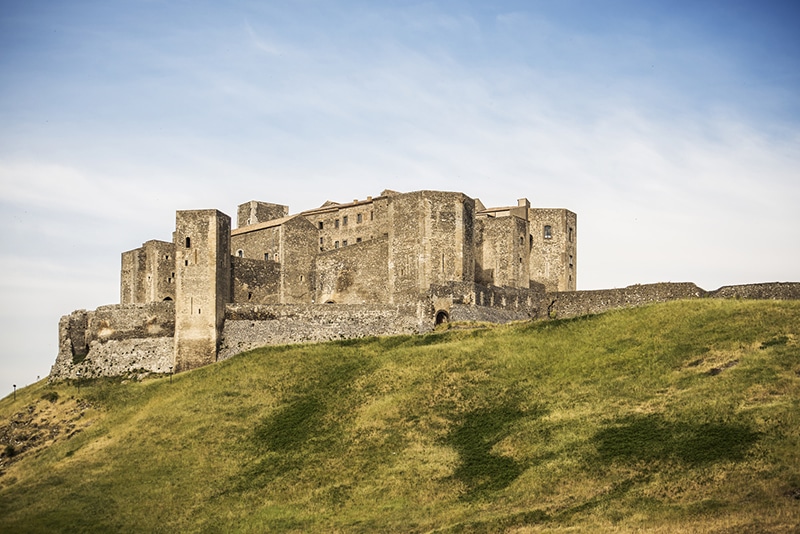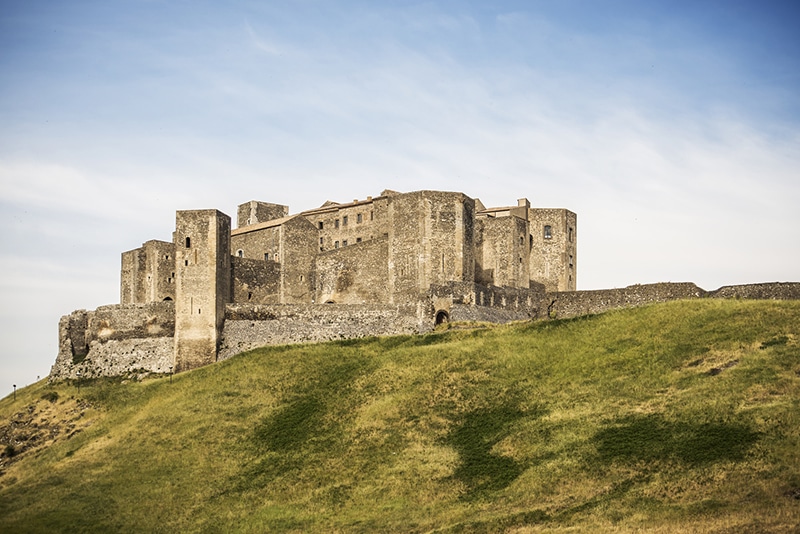The demand for Italian citizenship from those in the U.S. who are eligible for citizenship through Italian descent has gone up lately. As a result of this increase in volume, the average waiting time to obtain Italian citizenship through the Italian Consulates in the U.S. has gone up to 1-2 years. However, the process of obtaining Italian citizenship can be sped up considerably if you apply directly in Italy. At ICAP, we work with the mayor and Civil Records Office in the Italian province of Potenza to help those who are eligible apply for and obtain their Italian citizenship in Italy.
If you apply for your Italian citizenship in Italy, you can complete the process in 3-4 weeks as opposed to 1-2 years. We will help prepare your applications and coordinate your stay in Italy, including your apartment rental and everything you need to do in Italy to establish residency and apply for your citizenship by descent. Once you have completed the paperwork for your citizenship, you are free to explore the local Comune area in the northern Lucania / Basilicata region as well as the rest of Italy. What better way to get to know the country in which you are applying for citizenship?
Below are some of the activities and excursions you should consider when in Italy applying for your Italian citizenship.
Italian Language Lessons:
Italian class – Beginner or advanced level – 10 or 16 intensive hours – Grammar, Speaking Listening
Italian Cooking Class:
Learning 2 typical south-italian specialties with a lunch or dinner included
Trips & Excursions (Basilicata)
Excursion at Monte Vulture and Monticchio

Monte Vulture is an extinct volcano. As a prominent landmark it gave its name to the Vulture region, the most significant viticultural zone in Basilicata growing the DOC wine Aglianico del Vulture. Monticchio Lakes lies on the slopes of Mount Vulture and counts circa 150 inhabitants. In front of it there are situated two little volcanic lakes and the locality is receptive for tourism. Rich vegetation, characterized by pine, fir and chestnut woods, create an enchanting frame to the Monticchio Lakes. They formed on the crater of the extinguished volcano.
Medieval Castles in Melfi, Venosa and Lagopesole

The Melfi Castle is without doubt the most famous in the region. Erected by the Normans, it was later refurbished by the Swabians and Angevins. Today it houses the Melfi National Museum. – The very imposing Aragon Castle that welcomes to the city stands watch over a square of particularly interesting urbanistic design. In optimum condition, the Castle was erected in 1470 by Pirro del Balzo who conserved the defensive characteristics of the Angevin period. – While Melfi Castle is the most famous, Lagopesole Castle remains the most magical. You can still feel the spirit of the great Swabian Emperor Frederick II. It is supposed to be the last of the castles he had constructed for his own use, built between 1242 and 1250, the year of his death.
Excursion in San Fele
Discover the charm of the village of San Fele and waterfalls along the Torrente Bradano. You will be amazed by their forms and intensity of their perpetual pace, sometimes encounter old mills and dilapidated bridges, regardless of time passing.
Visiting Castelmezzano and Pietrapertosa, two villages in the middle of the Lucanian Dolomities
In the middle of Basilicata, as giants emerged from the sea, rise the imposing Lucanian Dolomities, with spectacular spiers and shapes that suggested names as the golden eagle, the great mother, the little owl. The small town of Pietrapertosa and Castelmezzano are considered among the Italian Most Beautiful Villages. Here you will walk between the houses, set among the rocks, and make fascinating historical and natural excursions.
Available from May to September the ”Angel Flight”: a steel cable suspended between the tops of two small towns, Castelmezzano and Pietrapertosa, let you make and live a unique experience. (ticket price not included).
Tibetan Bridge in Sasso di Castalda
The Tibetan bridges develop around the suggestive historical center of Sasso di Castalda. After crossing the first bridge – 95 meters long and suspended at about 70 meters in height you reach the opposite side, on a slope characterized by typical geological formations.
Visiting the old city of Craco
The origins of Craco date from the VIII century B.C. It is mentioned by the name of ‘Graculum’ in official documents of 1188. In the XV century, it was a feud belonging to Attendolo Sforza di Cotignola. Interesting is the ‘Borgo antico’, the old centre, which at present time is uninhabited, due to a landslide which forced the inhabitants to move to the towns of Craco-Peschiera and Craco-Sant’Angelo in the 1970s. Spectacular ravines (‘calanchi’) can be admired near the town. There are also a lot of springs of mineral water.
Visiting Matera, ”Città dei Sassi”
The town of Matera rises on a characteristic landscape of a deep ravine with overhanging rocks under which the Gravina stream flows. This town has many faces, the most famous of which is certainly the ‘Sassi’, which the UNESCO has recognized as ‘humanity’s patrimony to hand down to future generations’. The ‘Sassi’ are dominated by the Cathedral of Mediaeval Age, and they lodge inside them the suggestive Museum of the Peasant Civilization. Because of the ancient primeval-looking scenery in and around the Sassi, it has been used by filmmakers as the setting for ancient Jerusalem. The following famous biblical period motion pictures were filmed in Matera (Passion of the Christ, Ben Hur, Mary Magdalen etc. etc.)
Grand Hotel Garden – Spa, Steam Room, Sauna, Massage
Relaxing and Wellness in the Grand Hotel Garden’s spa.
Trips and Excursions (Puglia)
Trulli di Alberobello
The trulli, limestone dwellings found in the southern region of Puglia, are remarkable examples of drywall (mortarless) construction, a prehistoric building technique still in use in this region. The trulli are made of roughly worked limestone boulders collected from neighboring fields. Characteristically, they feature pyramidal, domed or conical roofs built up of corbelled limestone slabs.
Castel del Monte
When the Emperor Frederick II built this castle near Bari in the 13th century, he imbued it with symbolic significance, as reflected in the location, the mathematical and astronomical precision of the layout and the perfectly regular shape. A unique piece of medieval military architecture, Castel del Monte is a successful blend of elements from classical antiquity, the Islamic Orient and north European Cistercian Gothic.
Visiting Bari
It is the second most important economic centre of mainland Southern Italy after Naples. Barivecchia, or Old Bari, is a sprawl of streets and passageways making up the section of the city to the north of the modern Murat area. Barivecchia was until fairly recently considered a no-go area by many of Bari’s residents due to the high levels of petty-crime. A large-scale redevelopment plan began with a new sewerage system, followed by the development of the two main squares, Piazza Mercantile and Piazza Ferrarese.
Hiking excursion with the Association ”In itinere”, according to their schedule available on their Facebook page.

